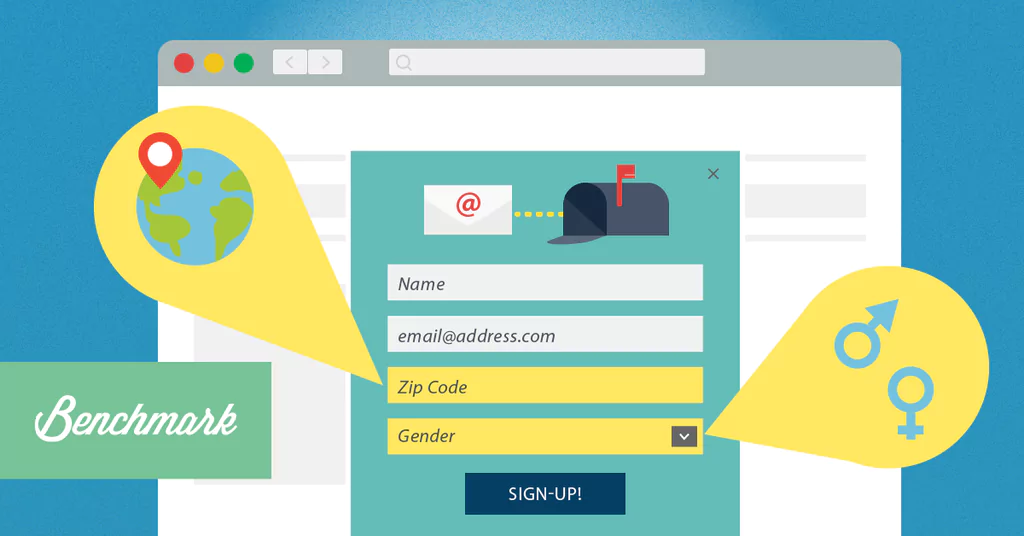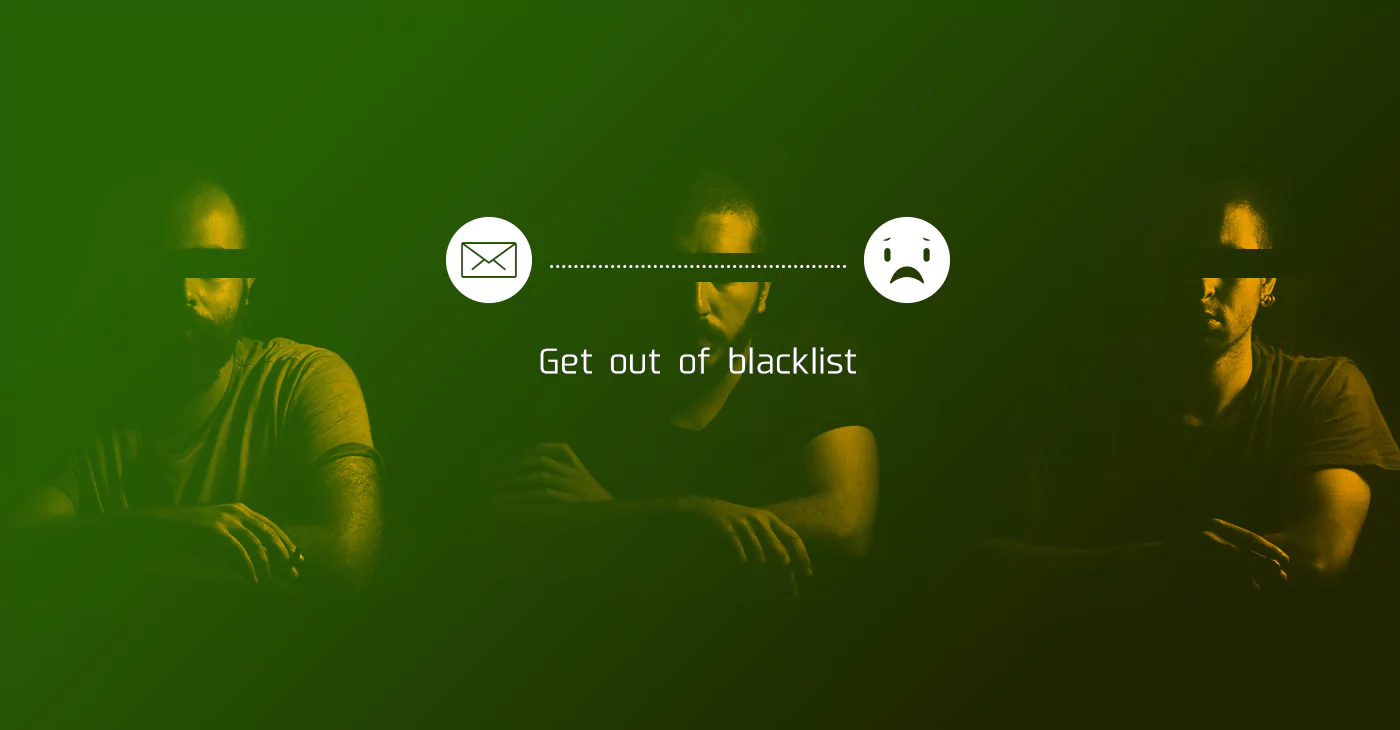When you first think of what the most dangerous mistakes are that you can make on email, some of the first that come to mind are:
- Type out a vehement attack email about your boss and inadvertently include them in Reply All
- Leave the steamy email to your lover in the Sent Folder of the PC you share with your spouse
- Make one too many sick email jokes about bombs on airliners until the SWAT team is at your door
…and lots of other email disasters. However, when you’re email marketing you can make mistakes that are just as momentous and the surprising thing is that some major brands who should know better actually commit these critical mistakes. That’s one rarefied company you don’t want to be in, so learn from their mistakes!
- Capitalize on disasters. Boloco, a burrito chain based in Boston fired off emails to its entire subscription list in late October 2012 informing them that they were going to stay open through Superstorm Sandy, which raised considerable anger among the recipients as not only was the city shut down, but the company was endangering its employees (let alone anyone crazy enough to brave Sandy for a burrito). The storm of negative coverage over this ploy made national headlines and just six months later when Blizzard Nemo hit the area and the Governor of Massachusetts ordered cars off the roads and told the population to stay home… they announced once again that they were staying open. The best way to prevent this grievous error is simple: Don’t try to make a few bucks when a disaster hits, be sensitive, and don’t put your day’s bank deposit ahead of the safety of your customers and employees.
- Don’t proof read. The Lee clothing company sent out an email promotion on May 16 with a sale that expired on May 9, and Blue Fly Apparel had the subject line of “See it. Love it. Not get it.” This line might have been trying to say Now Get It, but it was never clarified to its customers leaving them all scratching their heads. Use professional proof readers, people!
- Hurry up and hit send. The New York Times was following standard email marketing practice and had an email to be sent to subscribers who had recently cancelled asking them to come back and take advantage of a discount. Unfortunately when the send button was hit, the email didn’t go out to the 300 recently cancelled accounts, but to every single one of the New York Times’ 8 million subscribers resulting in one of the largest “inadvertent” spam episodes in email history. If you don’t want to commit the Old Gray Lady’s fiasco, get into the habit of double and even triple checking every aspect of your email campaign before you take that irrevocable Send action.
- Insult your customers. The Ocean Marketing fiasco is one of the lowlights of email marketing history. Thousands of articles have been written about their employee blasting a customer and calling him every dirty name in the book in a prolonged email exchange. How to avoid this? Grow brain cells before you type!
- Make it impossible to unsubscribe. Tesco Mobile in the UK sends out emails with the only way to unsubscribe being calling 2702 from your Tesco Mobile phone. Unfortunately their list maintenance efficiency is less than optimal and various people report receiving these emails who not only don’t have a Tesco Mobile phone but don’t even live in Britain. I can personally testify to the lunacy of these types of unsubscribe impossibilities as for over a year I’ve been receiving the emails for an AT&T mobile customer with the only way to unsubscribe or even reach the company being a toll free number which doesn’t work from anywhere outside the USA which leaves my Canadian inbox at the mercy of the telecom giant for all eternity. You’re legally mandated to have a functioning unsubscribe link on all emails, so why are you an exception?
It doesn’t take a certified genius to avoid these mistakes, just a little common sense!










